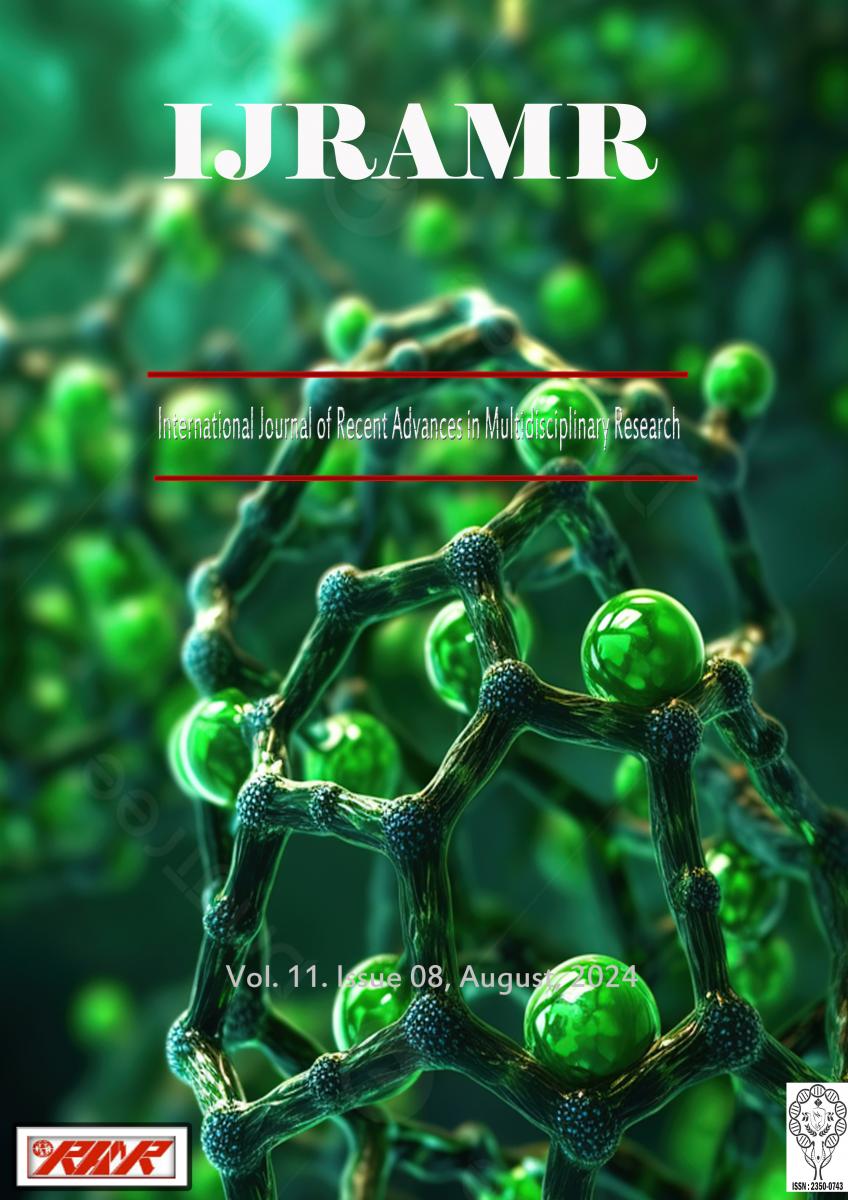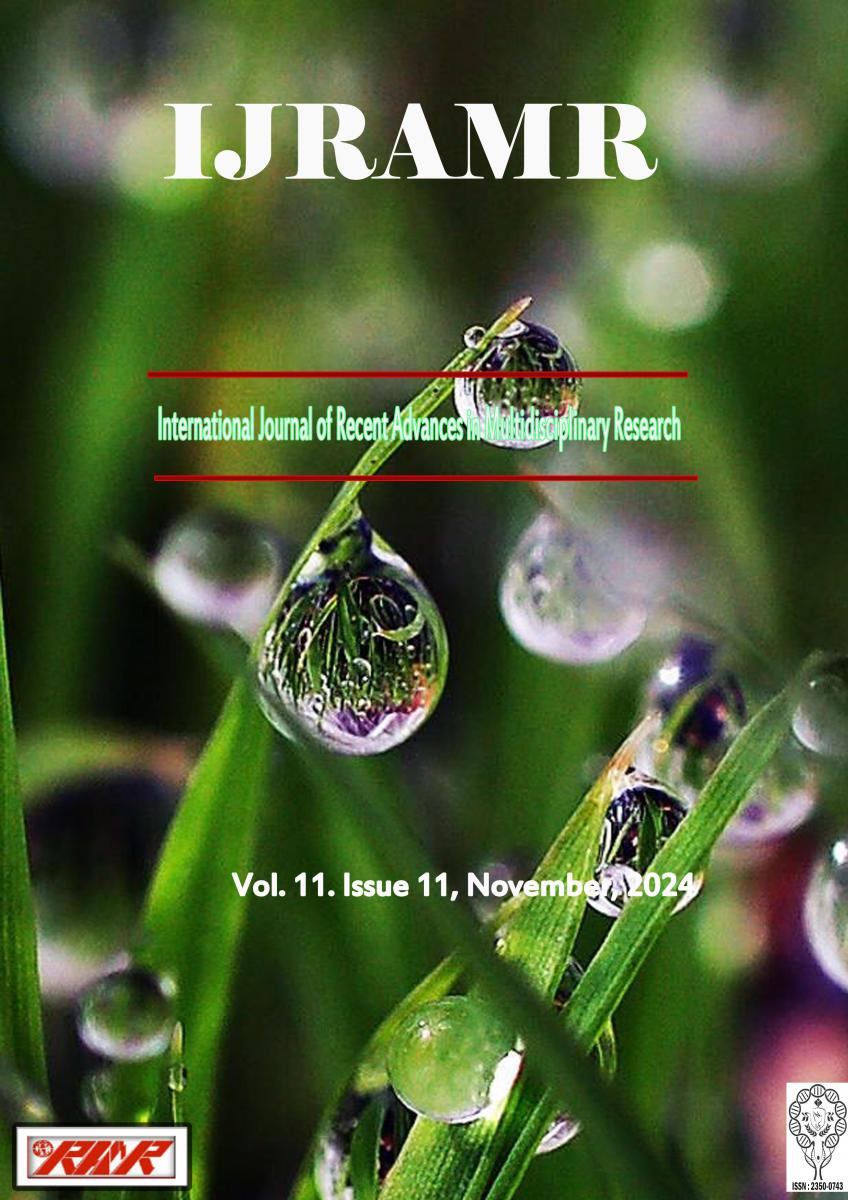Peanut, a crucial legume crop in tropical and semiarid regions, serves as a significant source of edible oil and vegetable protein. This study, conducted at the Savannah Agricultural Research Institute (SARI) during the 2021 cropping season, aimed to assess the impact of nitrogen, phosphorus, and potassium on groundnut yield and its components. Employing a 3 x 3 x 2 factorial experiment design, the trial was arranged in a randomized complete block with three replications. Various parameters including plant height at harvest, plant population at harvest, pod yield (kg/plant), number of mature pods/plants, number of immature pods/plants, pod yield (kg/ha), and haulm weight (kg/ha) were collected and analyzed using Analysis of Variance (ANOVA). Significance levels were determined by Least Significance Difference (LSD) at a 5% probability level. Results indicated significant effects (p < 0.05) of nitrogen, phosphorus, and potassium on the number of mature pods per plant. Specifically, the application of 30 kg/ha of nitrogen and 20 kg/ha each of phosphorus and potassium resulted in the highest number of mature pods per plant (9.2). Furthermore, the combination of 60 kg/ha of nitrogen and 20 kg/ha of potassium without phosphorus application exhibited the highest haulm weight (265.11 kg/ha). Additionally, prevalent weed species within the experimental field included Digitariasanguinalis, Cyperus esculentus, Cynodondactylon, and Commelinalatifolia. These findings underscore the importance of balanced nutrient management for optimizing groundnut yield in tropical agricultural settings.






